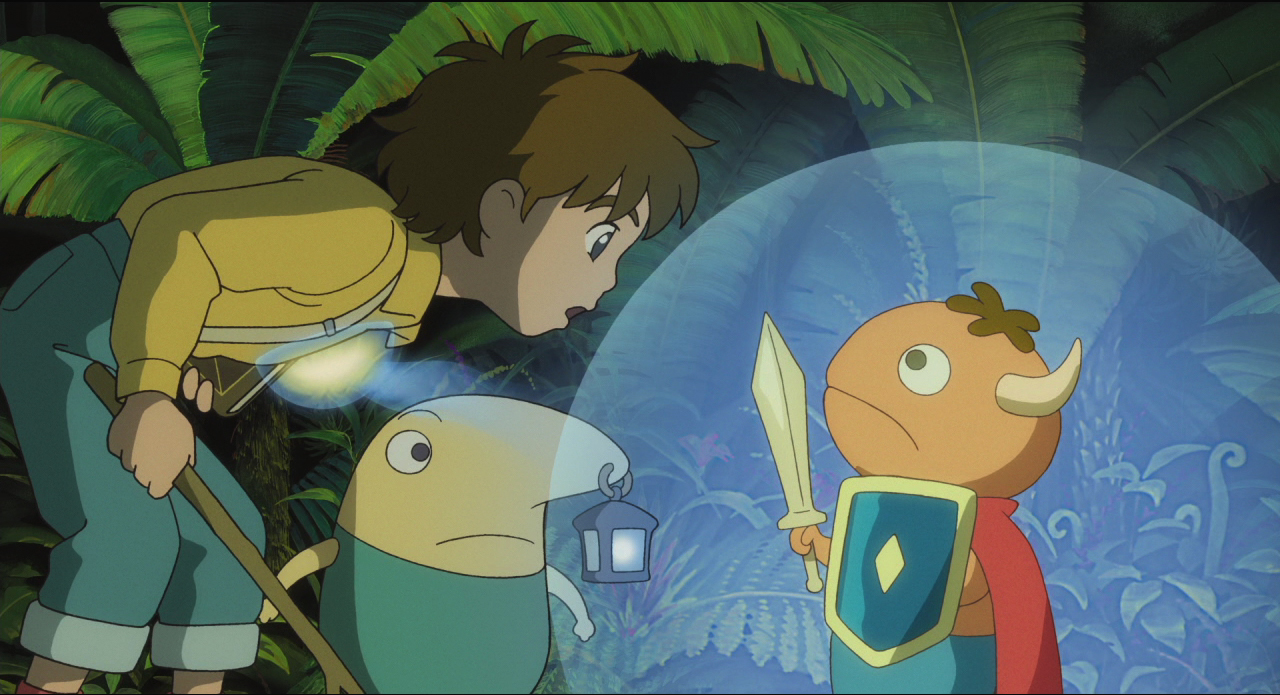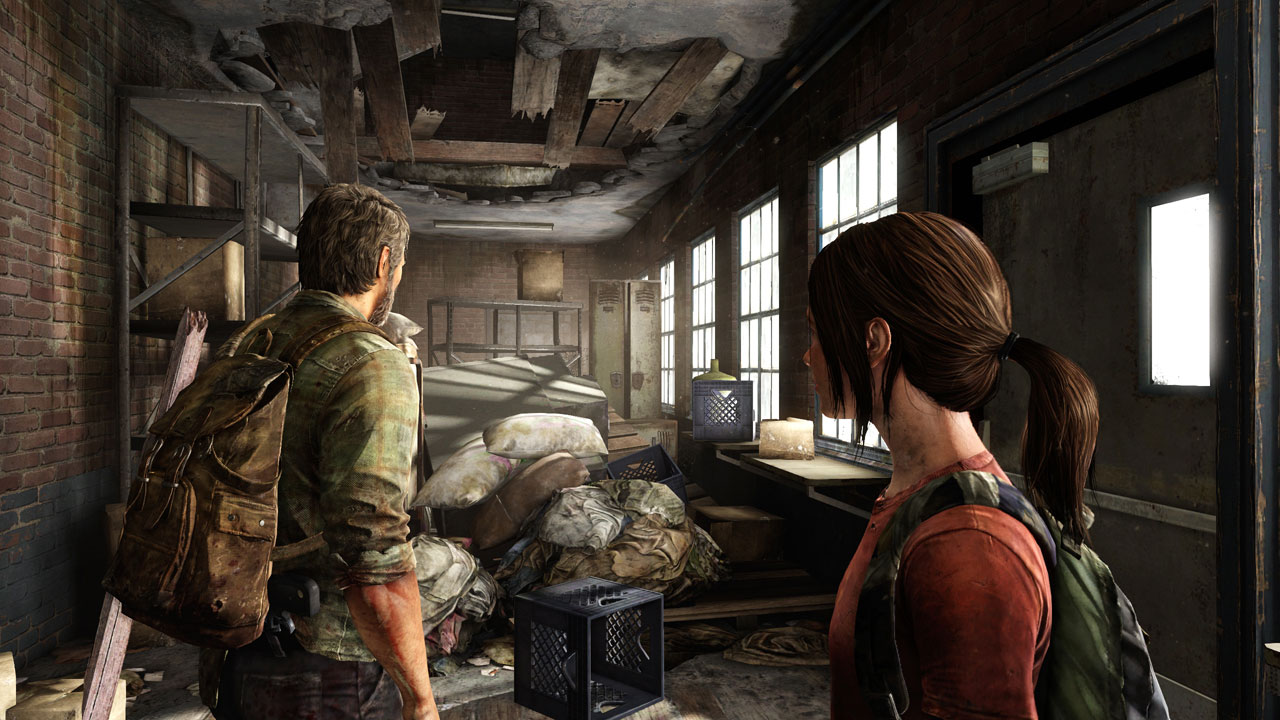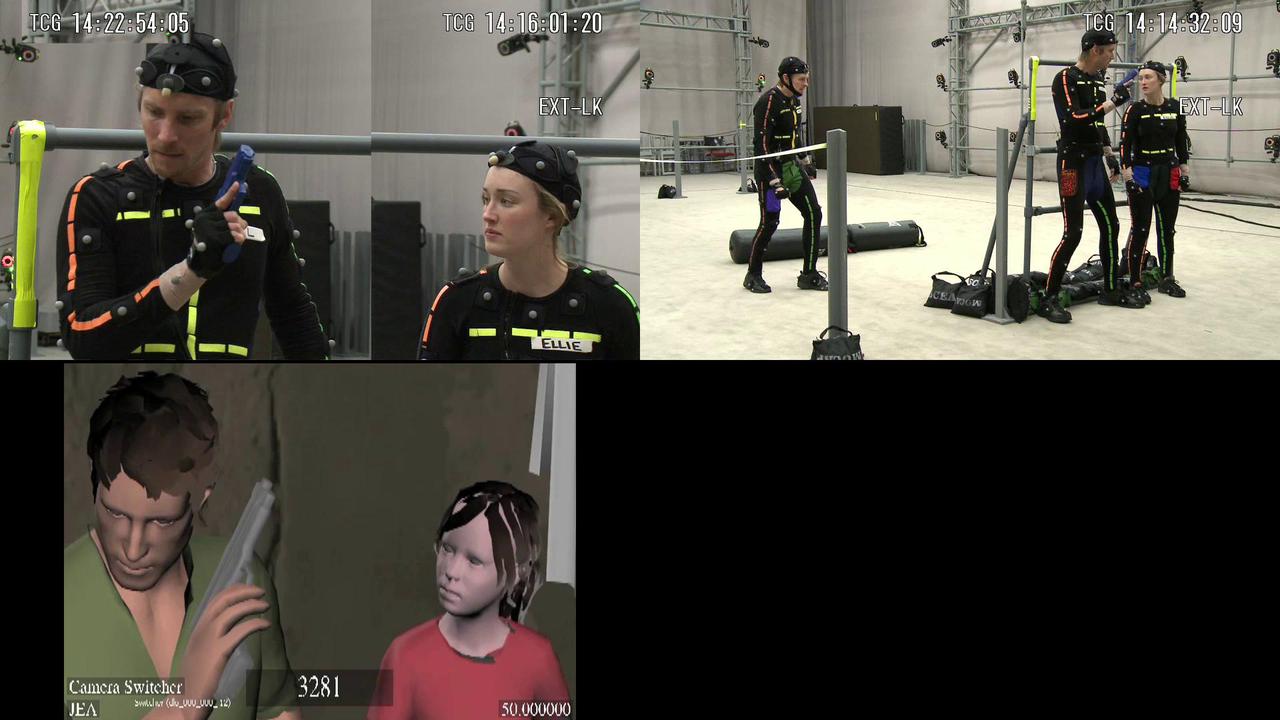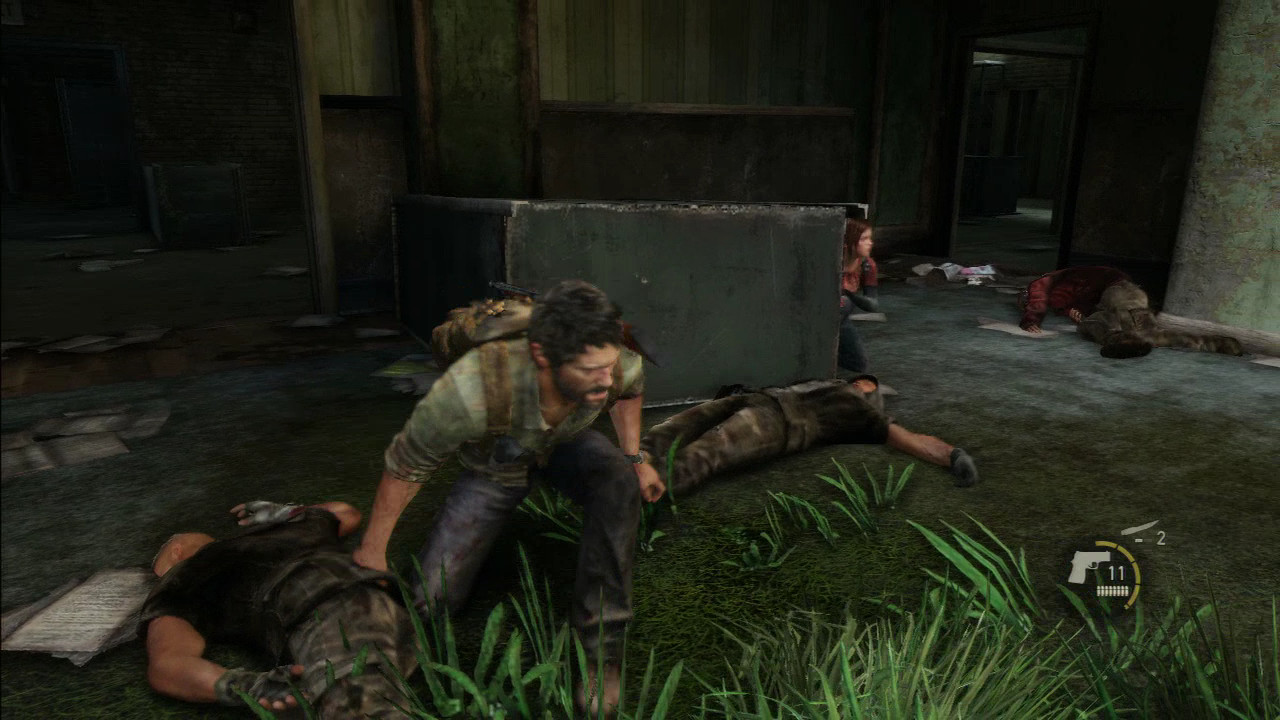By: Jamaal Ryan
How The Order: 1886’s Ready at Dawn Founder feels about Used
Games (7/22).
Ready at Dawn founder, Ru Weerasuriya, is not happy with used games, as is many game
developers. Taking a trip to Gamestop, Ru reports the clerk’s attempt to sell
him a used game. How insulting for a game developer, “Here, do you care to
participate in cutting into the revenue other game makers such as yourself?”
The clerk might not have
known who he was selling the game to at that time, but Gamestop employees
nationwide knew they were selling used games locked out by online passes to
consumers.
I had my own run-in a
few years ago right after EA stepped into the fray by implementing online
passes, as the clerk attempted to convince me into buying a used copy before I
wielded my abilities of an empowered consumer, telling him that I would end up
spending five to ten dollars more once I tried accessing the online content at
home.
But not many were
empowered consumers such as us who read and follow the industry so closely, as
many customers were unaware of the online passes which sparked a class action
lawsuit against Gamestop for not informing customers of the online fees
required for online content.
Ru called for a
compromise, allowing game makers and retailers to split the revenue on used copies
between all parties. This is essentially similar to the compromise we thought
that would come to pass from Microsoft when their used game policies were still
rumored. The dividends were said to be split between publishers, developers,
and Microsoft, leaving retailers with roughly 10%.
After Microsoft’s 180,
were back into the Wild West of the used games market; and at this time, Ru’s
suggestions for a compromise would be most appropriate. But with games
progressively moving digital, and Valve in the crosshairs of a German consumer advocacy group for
preventing European consumers to participate in used digital game sales, the
future of this market is uncertain, but we can’t count it out yet.
VIA: IGN
Surgeons should be
gamers (7/23).
Dr. James C. Rosser, a
man partly responsible for drawing the link between the time surgeons take
playing video games and their success in the operating theater, appeared on
News Florida 13 to talk about how he feels games can help the profession.
Seen playing Super
Monkey Ball on Gamecube, Dr. Rosser describes how playing video games is very
similar to laparoscopic surgery as instead of the eyes being on your hands,
your eyes are on a screen.
Rosser has been involved
in previous studies specifically pairing video games with surgery performance.
In two studies, the results have shown that surgeons made less mistakes
and completed tasks faster.
Next Thursday, August 1st,
all surgeons at Celebration Health Hospital in Florida will be encouraged to
play video games, particularly as warm-up sessions before procedures.
I for one will be
checking to see if that hospital is within network of my insurance to see if I
can get my shoulder repaired there.
Sources: News 13 Florida, The Effect of Video Game "Warm-up" on Performance of Laparoscopic Surgery Tasks, IGN
VIA: Kotaku
Why is Call of Duty:
Ghosts on Wii U? (7/25)
The rumor kicked around
about Call of Duty: Ghosts coming to Wii U has finally come to rest. Indeed,
Ghosts is coming to Wii U, however it will be ported over by Treyarch, not
Infinity Ward who hasn’t released a Call of Duty game for Nintendo consoles
since before Call of Duty 4.
But why is this? Black
Ops two isn’t exactly poppin on Wii U, with numbers that have rarely if ever
reached over 10,000 players at any given time (which were as low as just over
700 players), and zero DLC released for it. Even as a “hot system” at launch, a
Call of Duty title couldn’t bring in numbers on a Nintendo platform.
Activision seems to have
plans for Nintendo this holiday, which is certainly a lot more than what EA
has, who at one point, didn’t have any games in development for Wii U.
Activision will also bring: Skylanders Swap Force, Angry Birds Trilogy, Angry
Birds Star Wars, SpongeBob Square Pants: Plankton's Robotic Revenge and Wipeout
Create & Crash to Wii U this holiday.
These games seem
expected, as being aimed at including a younger demographic as opposed to the M
rated Call of Duty title. But can things change for Ghosts this holiday?
Doubtful. With the new systems launching this year, likely within weeks of
Ghosts’ release, those are the systems that will attract Call of Duty players,
not Wii U. More systems will sell, likely thanks to Pikmin 3 and Super Mario 3D
World, but probably not enough to add a significant number to COD sales.
For Wii U players,
hopefully there will be a much larger community treated to future DLC. But
unfortunately, it is the exact opposite that we’re most likely to see in the
coming months after November 5th.
A Week in Gaming Special Feature:
Clearing the Societal Dissonance of Mental Health in Video Games
What is your first thought when you think of the mentally ill population? Is it schizophrenia or “crazy people”? What’s your next thought after schizophrenia or “crazy people”? Murderous psychopaths that belong in an insane asylum?
Sure, I understand, even though none of those ideas are politically correct. With the exception of the indie scene, video games are heavily influenced by film. And as a [rapidly] evolving medium, stereotypes are quickly being ironed out. Women are better represented from The Last of Us’ Ellie and Tess to Transistor’s Red; the portrayal of Blacks is currently in a working progress with Crysis’ Prophet and Starhawk’s Emmet Graves.
Films have depicted these same groups in the same stereotypical manners decades ago, but have come around since. Right now games are going through that very transition.
One group that has had a continuous misrepresentation throughout all video media are the mentally ill. Games like Manhunt, Outlast, and many other games that tickle the subject of mental illnesses feature a crazed murderer in an asylum with a bizarre appearance who wants nothing but your gruesome demise.
What’s so problematic about this portrayal is that a good portion of the general population aren’t able to parse the fabricated from the factual. Up to 27% feel fearful around the mentally ill, 50% don’t feel comfortable discussing a family mental illness diagnosis, and 42% wouldn’t interact with someone of a mental illness of any kind.
This is troubling.
On Firday, Ian Mahar from Kotaku highlighted these statistics and wrote an excellent article on which games do and don’t (primarily don’t) portray mental illness as accurately. I wish to shed some light on where these misconceptions come from.
Within the first couple of months at my first internship at Greystone Park Psychiatric Hospital, a clinician at my part-time job widened her eyes after I told her where I was interning. She can only refer to the horror stories of patients attacking staff, even killing one (with a simple kick to the back, nothing graphic), and horrific self-harm attempts.
The fact is yes, these behaviors do happen to an extent. However most individuals suffering from a mental illness are just as afraid, if not more frightened, of these exceptional cases than we are. They’re afraid, just as much of the general public, to be attacked by them; but worse yet, they’re afraid of the association and the chance of increased stigma caused by these very few individuals.
Crimes like Sandy Hook sweep the media and inadvertently target the mentally ill as the perpetrators of these mass killings, but the fact of the matter is that when looking at gun violence, those caused by persons with mental illnesses only make up a small percentage of all gun violence.
But the “decompensation”, as we call it in the field, mostly occurs out of feeling threatened. Like cornered animals, they may resort to violence towards others. But the parameters of hospitalization are to be a danger to self, others or property; and in many cases, they are more of a danger to themselves than others.
Much of the bizarre appearances come from their mental illness manifesting in physical form. While unstable, they’re unable to keep up with their hygiene and what we call Activities of Daily Living (ADLs). Delusions and/or hallucinations come to the forefront and disrupt their thought process that may have them convinced that they’ll only feel safe wearing goggles, or will only be holy wearing white sheets.
But I must emphasize, the examples above are a publicized rarity. Many of you have come across those with mental illnesses at the beach, a bar, a basketball game, and even may have family members who may or may not be diagnosed. Crazy Aunt Sally who snaps at people may have Borderline Personality disorder, or mom who blew all her savings in one night may have Bipolar disorder.
These behaviors, while exposed to infrequently, may very well be symptoms of a mental illness. But being that they’re harmless, at least to the physical wellness of themselves or others, might not raise any flags with those not familiar with mental health.
Again, I draw out this expositional education because I, like Kotaku writer Ian Mahar, want to explain how far from the norm this depiction of mental illness is. Think of them less as the monsters from Outlast, or the Insane Sims and more like your practical avatar in Depression Quest where you're guided the the days in the life of an individual with common depression, or the sprite protagonist from Actual Sunlight, an isometric adventure game where you follow a man struggling with depression and suicide.
As one who was apprehensive working with those with mental illnesses in my first year in grad school, two internships years later and employed as a Recovery Coach providing services to the mentally ill, never once have I had a direct violent confrontation with an individual.
Source: Kotaku

































